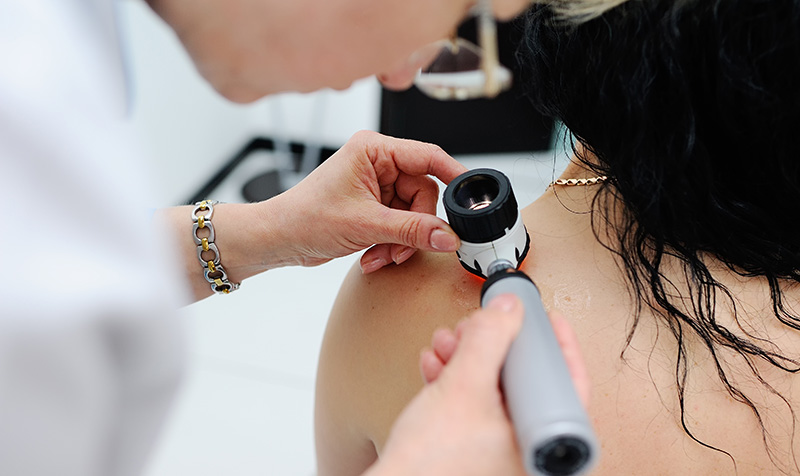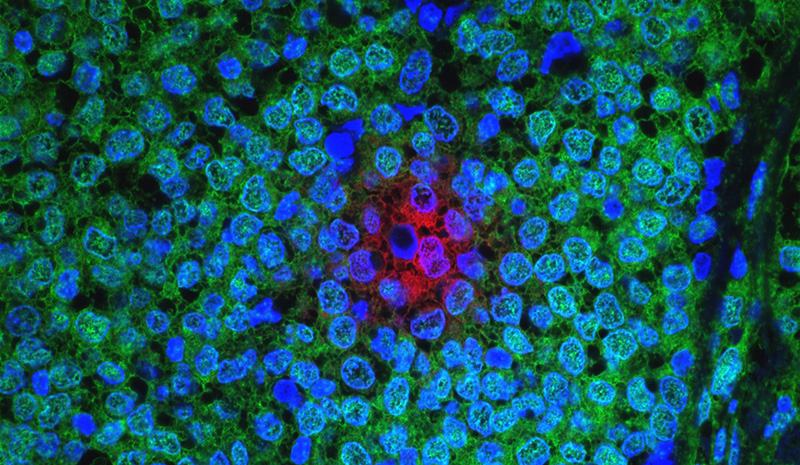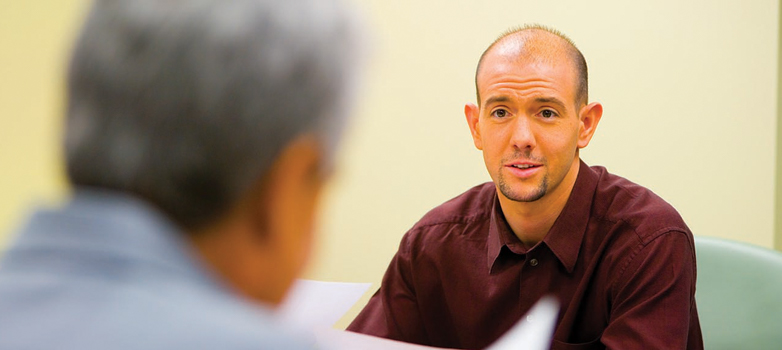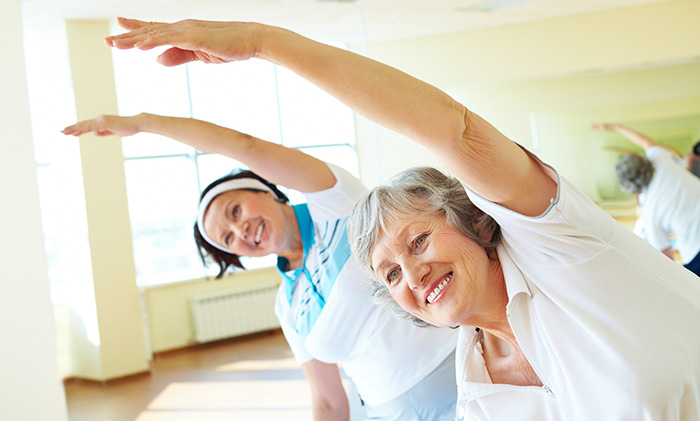Blog

Skin Cancer Risks, Signs, Symptoms & Screening
Skin cancer is the most common form of cancer diagnosed in the United States. Annually, there are more than 5.4 million new cases of non-melanoma skin cancers. While there are fewer cases of melanoma, the incidence of this cancer is on the rise. Many of these cancers can be prevented by protecting skin from excessive sun exposure and avoiding indoor tanning. Read more about skin cancer prevention tips. Risk factors Exposure to ultraviolet radiation from the sun or tanning beds Skin & hair color: People with fair skin, freckling or red or blond hair have a...

Molecular Profiling and Breast Cancer
By Robert Gin, MD The word profiling has been defined as the use of personal characteristics or behavior patterns to make generalizations about a person. Profiling is used in our everyday lives. When someone knocks on our door and we look through the peephole, we make a split decision on the person’s appearance to decide if we open the door or turn off our lights to show no one is at home. Dating sites and the internet collect data and use that information to present users with a compatible person or products. However, profiling is not limited to just people. Think about walking...

Skin Cancer Prevention Tips: How to Read a Sunscreen Label
Exposure to ultraviolet light is the primary cause of melanoma and nonmelanoma skin cancers and premature aging. Both of these can be largely avoided by protecting the skin from ultraviolet rays – whether from the sun or tanning beds. If you’re going to be outdoors one of the best things you can do to protect your skin is to wear sunscreen. Wearing protective clothing and avoiding the sun at the hottest times of the day (10 am - 4 pm) can also reduce the risk of developing skin cancer. With so many options, numbers and phrases on sunscreen packages, going to the store to choose the...

Surviving Cancer: Moving Beyond One Day at a Time
Cancer affects more than 1.7 million people in the US today. More than 15.5 million Americans will be living beyond cancer. The American Cancer Society reports a majority of cancer survivors (67%) were diagnosed 5 or more years ago, and 17% were diagnosed 20 or more years ago. Prostate, breast and colorectal cancers are the most common diagnoses among survivors. The increase in survival rates over the last 5 years can be attributed to early detection methods for cancer screening, and advancements in identifying new targeted cancer therapies. As cancer detection...

Prostate Cancer Treatment
One in seven men will be diagnosed with prostate cancer, the most commonly diagnosed cancer in men excluding skin cancer. Men, aged 65 or older, have a family history of prostate cancer, a female relative with a BRCA positive breast cancer, or are African American, have a greater risk of being diagnosed. Though prostate cancer can be a serious and scary diagnosis, many men are not likely to die from prostate cancer. Signs and Symptoms of Prostate Cancer Prostate cancer in its early stages usually has no symptoms. As the cancer grows, men may have difficulty urinating, urinate...

How Does Your Family’s History of Melanoma Affect You?
Is Melanoma Genetic? Melanoma is the most dangerous type of skin cancer. It forms in the cells that produce melanin, which is the substance responsible for your skin's color. Exposure to ultraviolet radiation (UV rays) from the sun or tanning beds increases the risk of developing any skin cancer. In the case of melanoma, experts say there's also a strong link between genetics (your family history) and your risk of developing melanoma. Family History and Genetic Factors If one or more of your parents, siblings or children develop melanoma, you have a higher risk of developing melanoma...

How Exercise Can Benefit Cancer Patients in Active Cancer Treatment
If your oncologist told you there was something safe, free, beneficial and often enjoyable you could do to improve mental and physical health while you undergo active cancer treatment, you might enthusiastically agree right away. Or, you might be skeptical. The good news is that research shows there is such an activity: Exercise! It's true that cancer patients grappling with the tolls of radiation and chemotherapy typically don't make exercise a priority. They can feel physically and mentally exhausted by their cancer treatment regimens. Ironically, if you push through your initial...

Know the Signs and Symptoms of Ovarian Cancer
Nearly 22,280 women are expected to be diagnosed with ovarian cancer this year. Unfortunately, because most ovarian cancer cases are diagnosed at an advanced stage when the disease has already spread beyond the ovaries, nearly 14,240 will lose their lives. Ovarian cancer accounts for five percent of cancer deaths among women. The five-year survival rate for ovarian cancer, if caught in early (stage one), is a promising 92 percent. If detected in an advanced stage (stage three or four), that survival rate drops to just 27 percent. Currently, there is no dependable...


